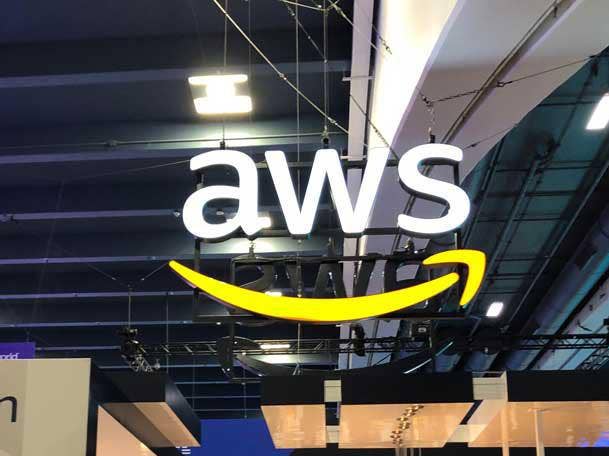Amazon Earnings Soar Amid COVID-19 Pandemic
E-commerce was the star of Q2 financials, but Amazon CFO Brian Olsavsky told investors the long-term effect of the coronavirus pandemic will be an acceleration of cloud adoption.

E-commerce was the star of Amazon’s second-quarter financials, sending the tech giant to new heights even as cloud growth slowed amid the coronavirus crisis.
Like Amazon’s retail business, Amazon Web Services has been essential in mitigating the challenges of a global pandemic—whereas e-commerce has been a lifeline for consumers grappling with global closures, cloud has offered enterprises desperately needed flexibility in usage and cost structure, Amazon CFO Brian Olsavsky said Thursday on the company’s Q2 earnings call.
AWS sees many of its customers “working really hard right now to cut expenses,” Olsavsky said, and the cloud leader is helping them scale usage up or down when it makes sense, as well as benchmark workloads to its architectural best practices.
[Related: Amid COVID-19 Pandemic, AWS Surpasses $40 Billion Run Rate]
“It’s a bifurcated world out there,” Olsavsky told investors. AWS customers offering videoconferencing, gaming, remote learning, and entertainment all are seeing their businesses thrive, while those in industries like hospitality and travel are taking financial hits.
For that reason, short-term spending trends wildly vary across customers. But the long-term effect of the crisis looks to be faster cloud adoption, Olsavsky said.
“If you’re in an industry that’s been heavily impacted by Covid and the economy, you’re looking to save money, and you’re looking to do it quick,” he said.
One of best ways to save money is to use the cloud, Olsavsky told investors, and “take advantage of the partner network that we have, the security that we have, and the constant evolution of products and services that we bring to market.”
A lot of AWS customers wish they made more progress advancing their cloud initiatives before the crisis struck, as they see other companies able to scale up and down depending on their situation.
“We’re seeing migration plans accelerate. They’re certainly not going to happen overnight, but we see companies moving in that direction,” Olsavsky said.
“They can come out of this in better shape,” he added. “It really does boil down to short-term verses long-term incentives here for a lot of our customers.”
AWS revenue in the quarter that ended June 30 climbed 29 percent to $10,808, nearing a $43 billion run rate.
Amazon as a whole soared past expectations to take in $88.9 billion. Investors had expected earnings-per-share of $1.51, and instead got a whopping $10.30.
That sent the stock soaring in after-hours trading, from a market close of $3,051.88 to $3,205.00 at the time of this publication.
While cloud growth slowed a tick from the previous quarter, AWS maintains a healthy backlog that grew 65 percent year-over-year, and 21 percent quarter-over-quarter, Olsavsky said.
“Contract volume and negotiations are strong, and have maintained through this period,” he added.